
Photographer Pete Muller writes for LightBox about his dark, powerful portraits of the heavily armed, cattle keeping Dinka Rek, a sub-tribe of southern Sudan.
I am deeply intrigued by the pastoralist tribes of southern Sudan. Their way of life seems quite unchanged since its inception on these plains thousands of years ago. The social, spiritual and informal political structures within the pastoralist societies here are based almost entirely on the possession and successful retention of cattle. The number and quality of one’s cows determines his social status, masculine worth and, perhaps most importantly, his ability to marry. Cows form the basis of the dowry system and are therefore a critical obstacle between young men and their ability to reproduce.
Because of these dynamics, competition between pastoralists groups in southern Sudan is one of the leading causes of violence. Cattle raiding takes place with alarming regularity and costs hundreds, if not thousands, of lives each year. Tribes and sub-tribes looking to increase their cattle stocks employ modern weaponry to steal cows from neighboring groups. Decades of civil war left southern Sudan awash with small arms and light weapons, items that are often the only sign of the modern world in remote pastoralist communities. They are used with devastating effects in wars over cattle and resources.
The men pictured in this series are members of the Dinka Rek sub-tribe and self-identify as a “brigade.” In this exceptionally remote area of southern Sudan, there are no signs of the region’s soon-to-be-independent government. No army. No police. No civil servants. In this void, communities are wholly responsible for their own security in an environment of extreme risk and hostility. The ubiquitous presence of weapons creates a deadly and delicate power balance between the competing pastoralist groups. If the government moves to disarm one sub-tribe, they will face immediate threat of raiding from neighboring groups that retain their weapons.
On the morning after I took these portraits, members of the neighboring Dinka Gok sub-tribe came to raid cattle just after dawn. Gunfire erupted on both sides of the river bank as the camp’s defenders attempted to repel the raid. Horns and whistles cut through the morning air as hundreds of defending reinforcements descended on the raiders. Wielding AK-47’s, clubs and spears, they moved with remarkable grace and speed across the plains. They chased the intruders several kilometers from the camp in running clashes that left at least three people dead and many more wounded.
The aesthetic of these photos was inspired by my friend and fellow photographer Jehad Nga.
—Pete Muller
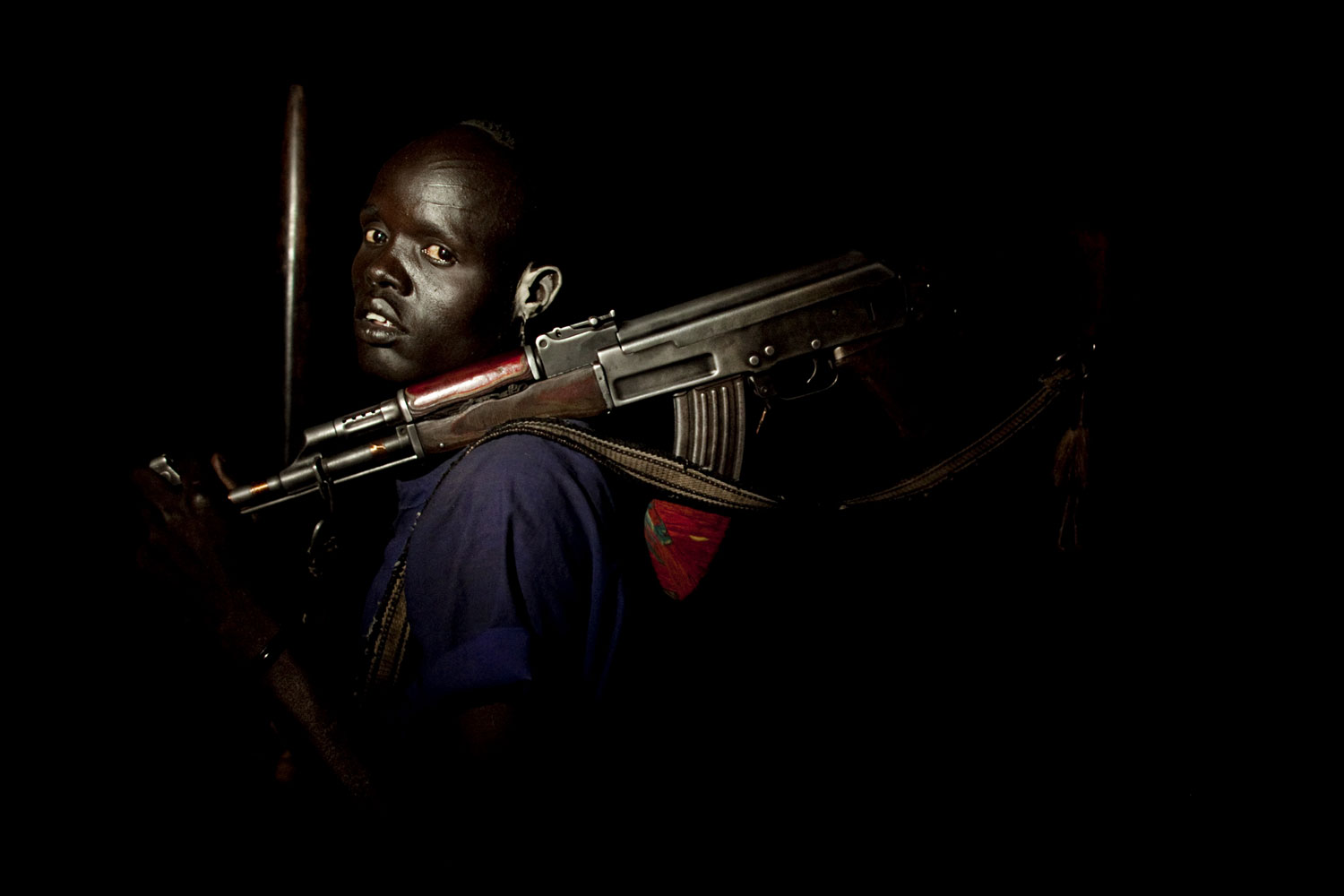
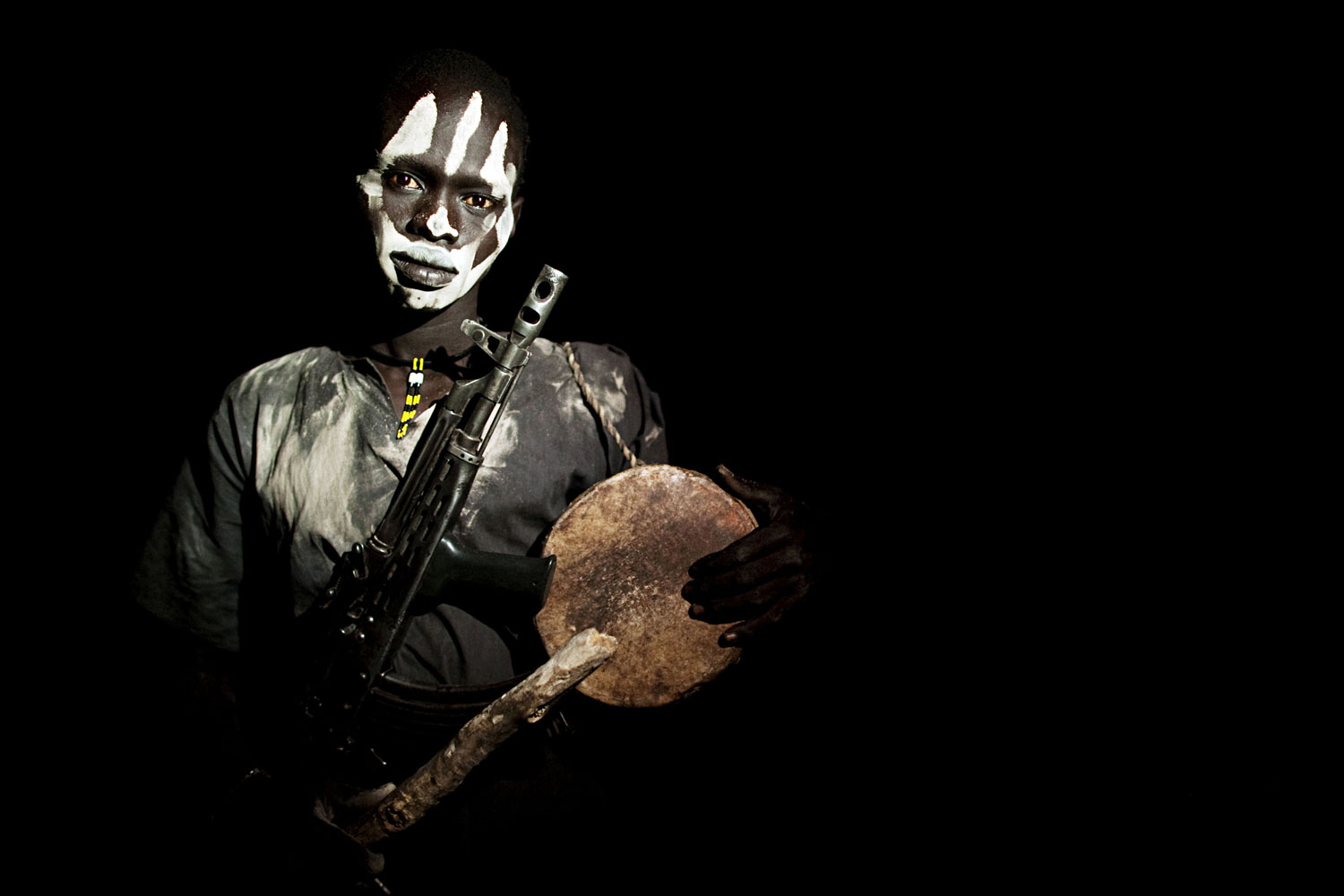


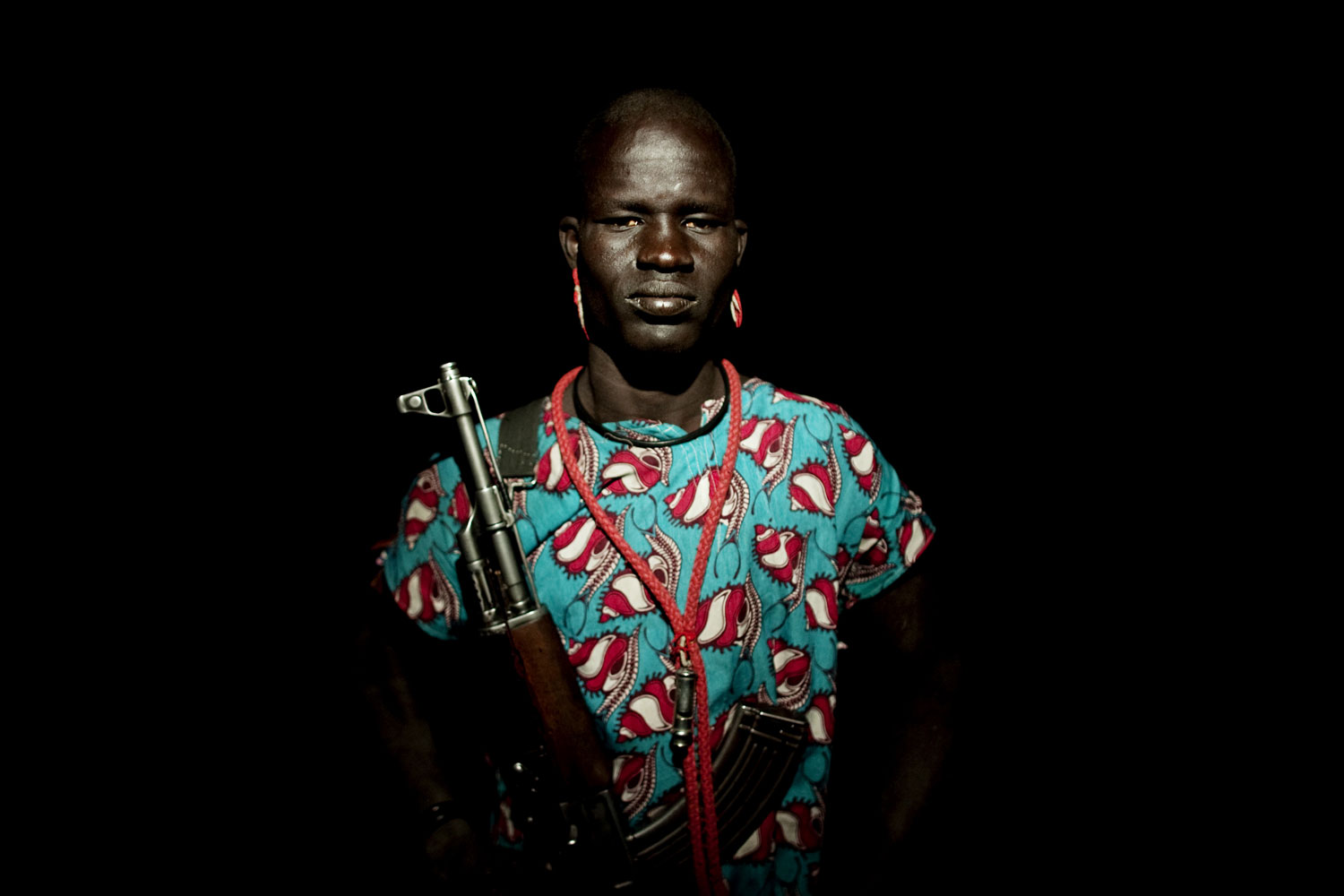
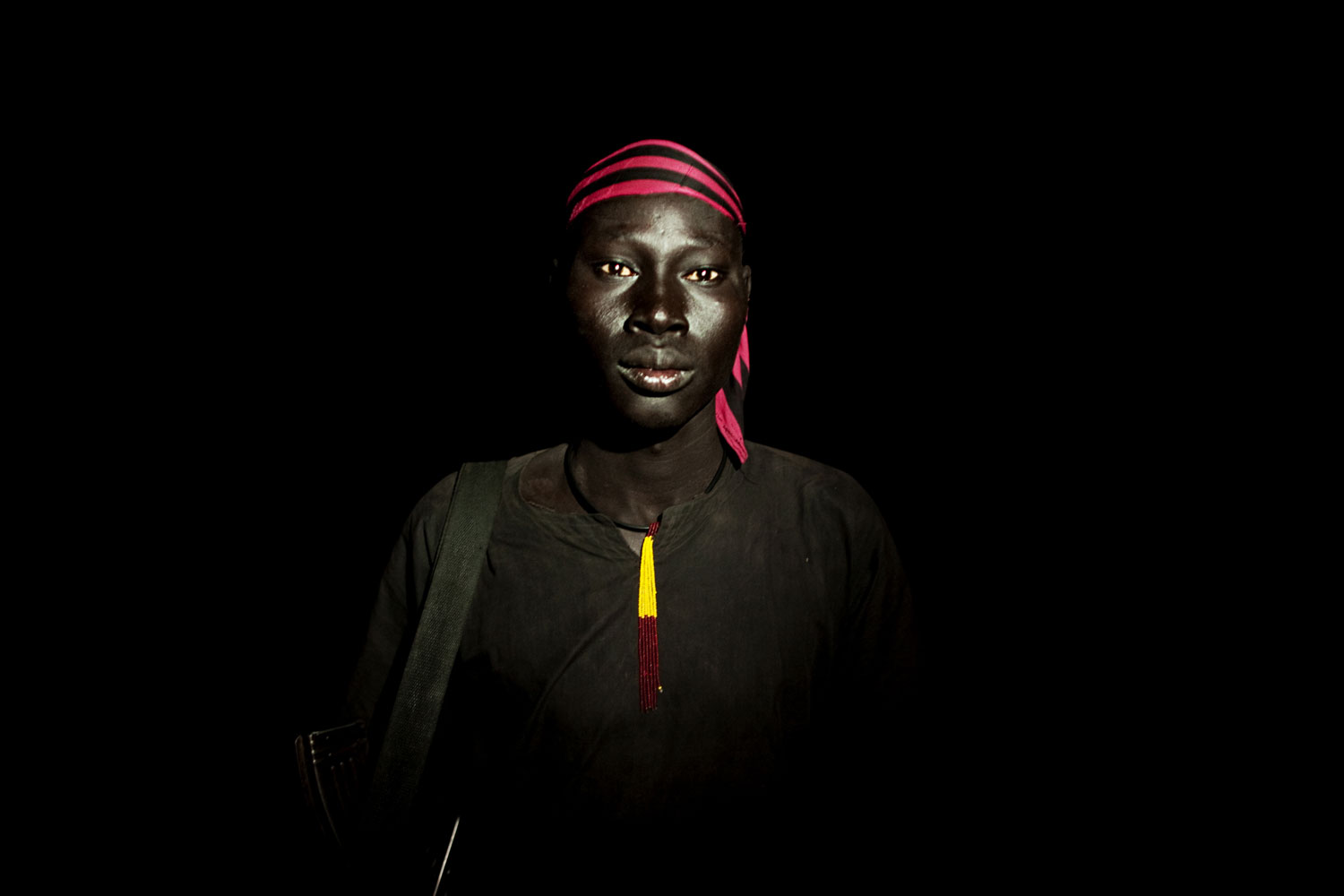

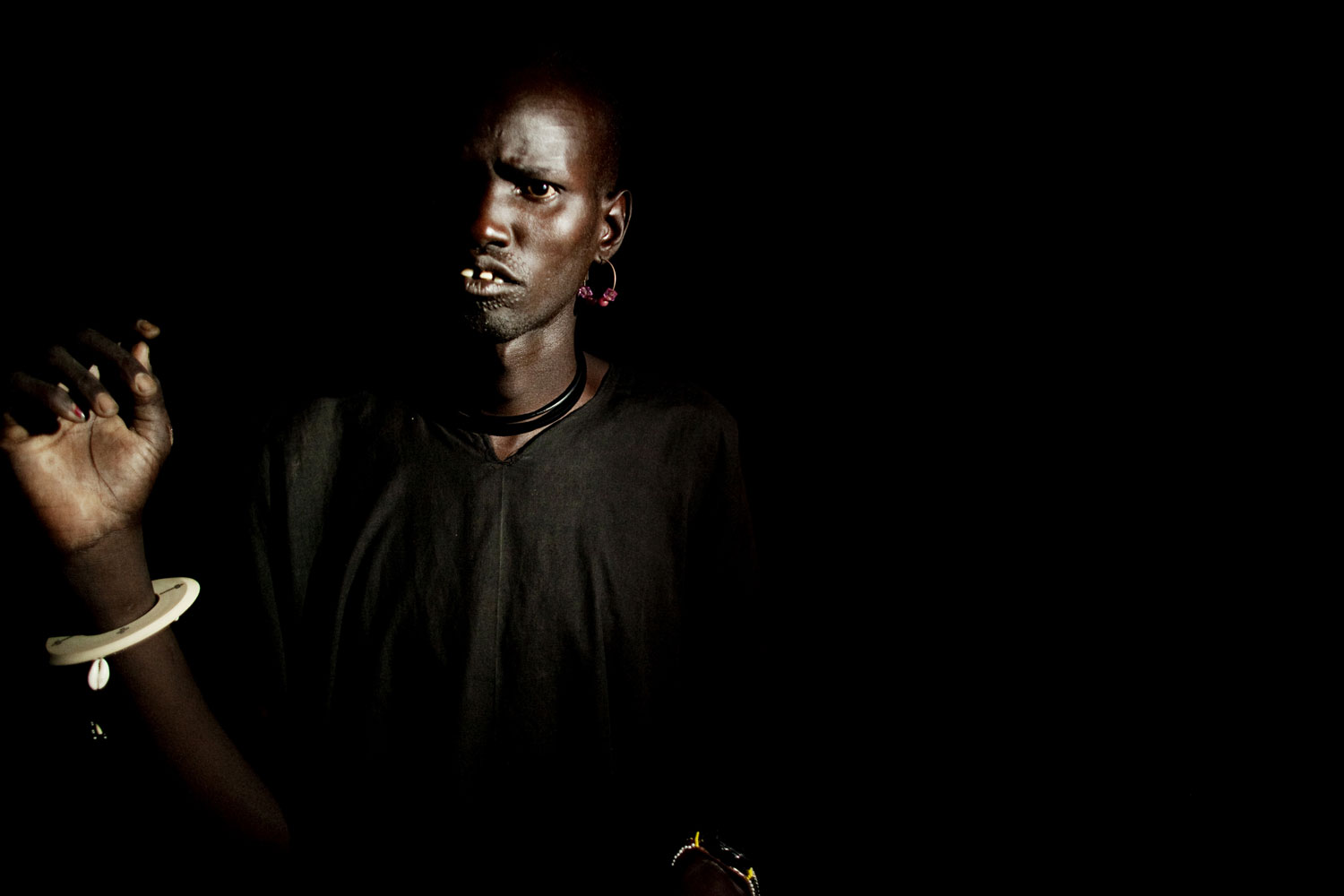
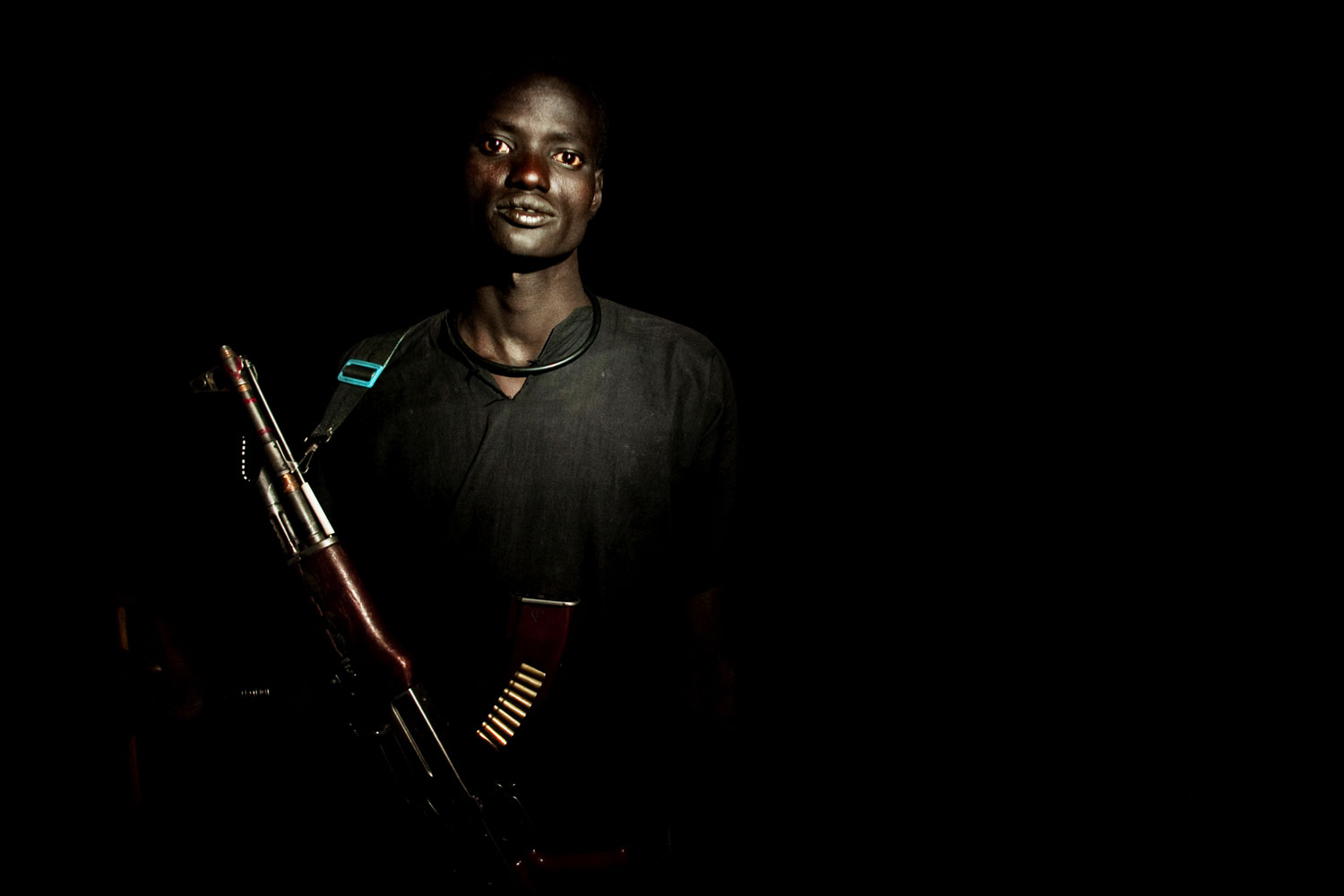
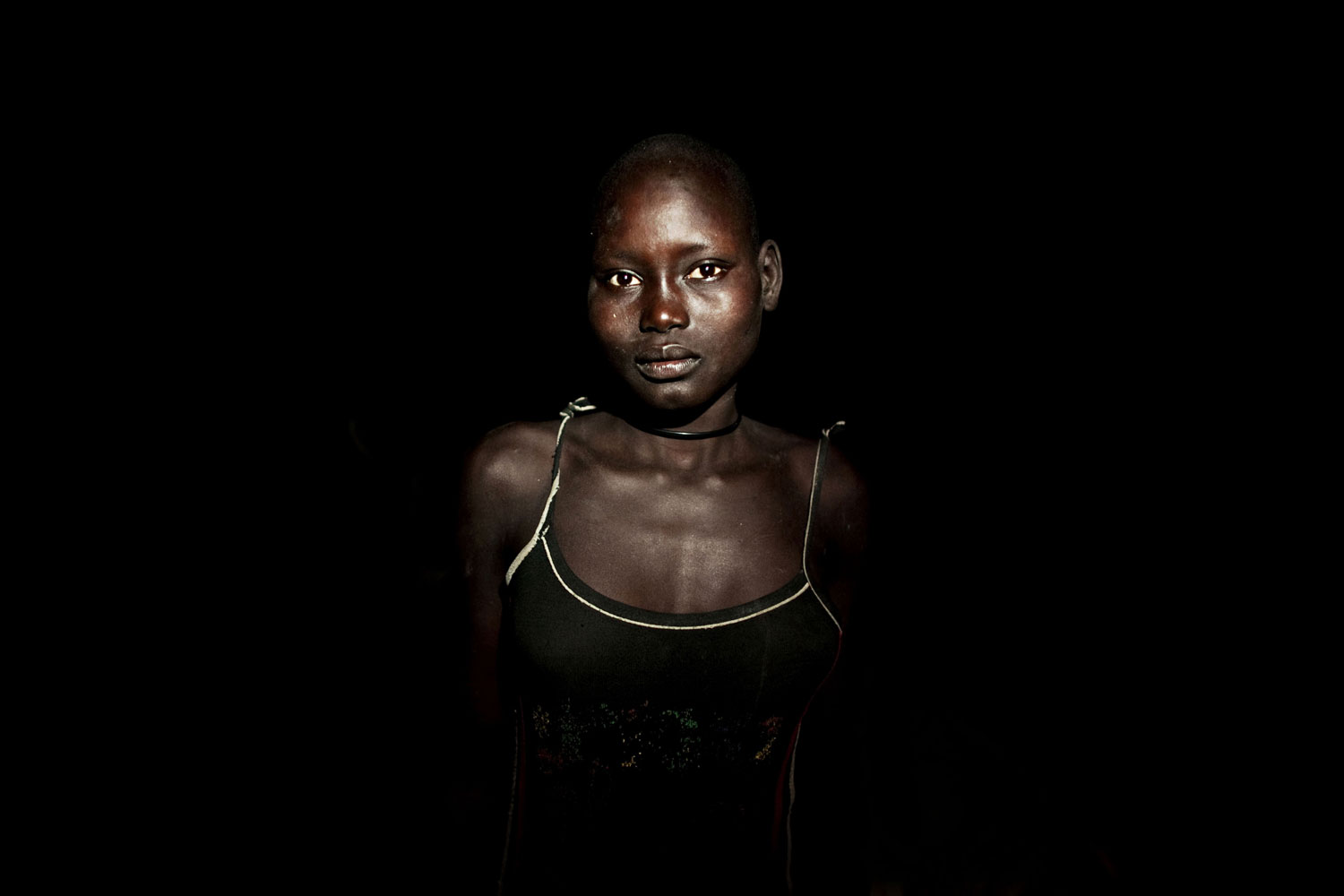
More Must-Reads from TIME
- Donald Trump Is TIME's 2024 Person of the Year
- Why We Chose Trump as Person of the Year
- Is Intermittent Fasting Good or Bad for You?
- The 100 Must-Read Books of 2024
- The 20 Best Christmas TV Episodes
- Column: If Optimism Feels Ridiculous Now, Try Hope
- The Future of Climate Action Is Trade Policy
- Merle Bombardieri Is Helping People Make the Baby Decision
Contact us at letters@time.com